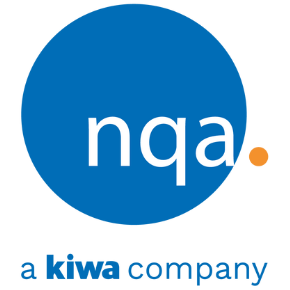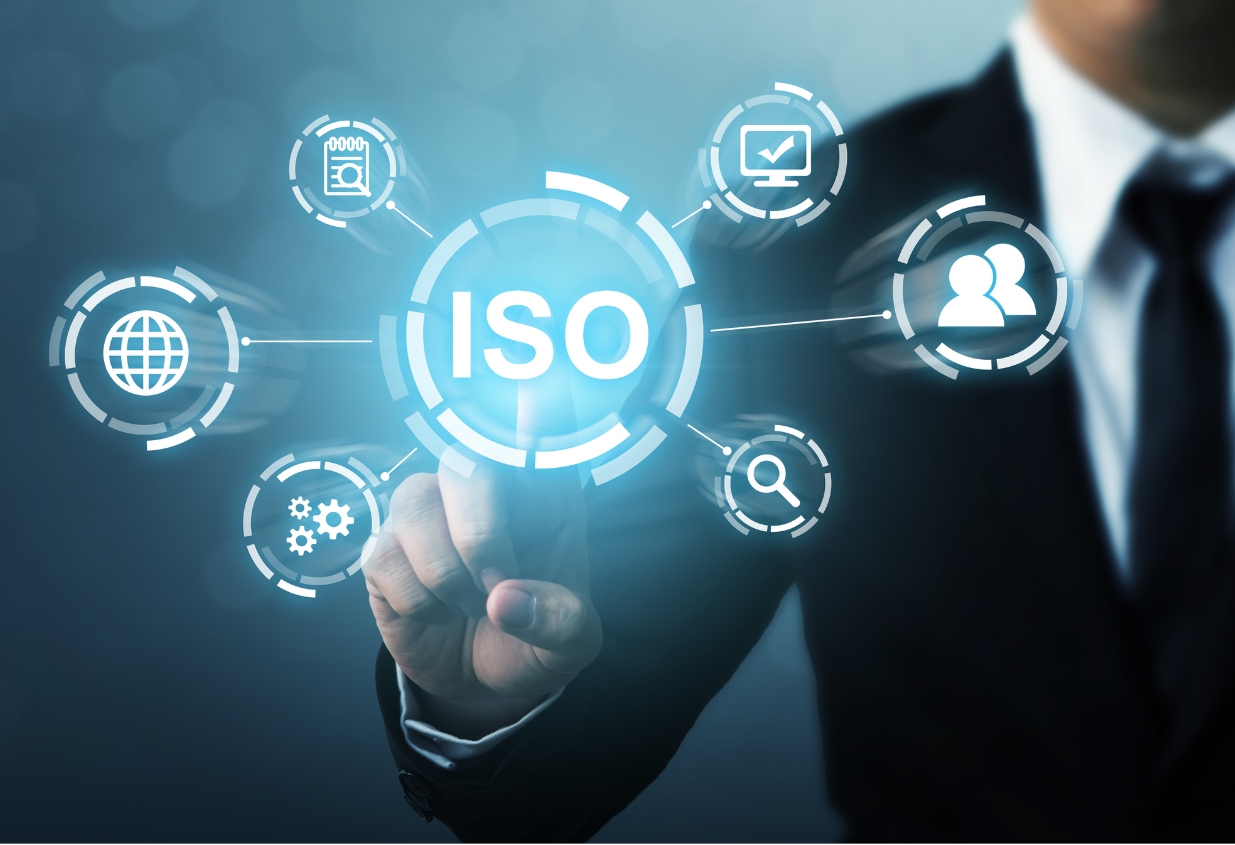ISO 14001: Environmental Management Systems (EMS)
What is ISO 14001?
ISO 14001 is the international standard for environmental management systems (EMS) and the most widely used EMS in the world, with over 360,000 ISO 14001 certificates issued globally.
ISO 14001 is the principal management system standard which specifies the requirements for the formulation and maintenance of an EMS. This helps to control your environmental aspects, reduce impacts and ensure legal compliance. Studies show that as much as 70% of total office waste is recyclable; however, only 7.5% reaches the recycling facility.
ISO 14001 is accompanied by ISO 14004 Environmental Management Systems – General Guidelines on principles, systems and support techniques. The standard covers issues such as the establishment, implementation, maintenance and improvement of an EMS.
Nearly any business can benefit from achieving certification to ISO 14001 standards. The certification is broad enough to offer significant benefits to organizations in any industry or sector, while still providing a specific framework for implementing relevant sustainable practices.
Stay Updated On ISO 14001:2026
- Register your interest: Sign up to receive ISO 14001:2026 transition updates, resources, and invitations to upcoming webinars and training sessions.
| Register Your Interest |
Looking to implement an ISO 14001 management system? Not sure where to start? Take a look at our ISO 14001 Implementation Guide here.
Helps you with
- Environmental Policy
- Impact Reduction
- Pollution Prevention
- Legal Compliance
- Culture Change
- Corporate Responsibility
- Reputation
- Resource Management
Benefits of ISO 14001 Certification
Improved environmental management
Reduce your resource use, improve the overall efficiency of your business and keep the larger impact of your operations to an absolute minimum.
Legal compliance
Understand how statutory and regulatory requirements impact your organisation and its customers.
Reduced operating costs
Achieving efficiencies in energy and water usage and through waste minimization means money saved.
Improved stakeholder relationships
If you are attempting to expand your business into new territories, certification is the best way to demonstrate to potential customers that you’re taking proactive steps to be responsible.
Proven business credentials
Independent verification against a globally recognised industry standard speaks volumes.
Win more business
Procurement specifications often require certification as a condition to supply, so certification and verification opens doors.
What is environmental management?
Managing your organization’s impact on the environment should be a key priority for your business, regardless of the industry you’re in. An environmental management system is a framework for making policy and process changes that help you improve your environmental performance. In addition to being better for the environment, achieving ISO 14001 certification can also provide you with greater control over costs and other tangible benefits.
There are many ways to go about implementing an across-the-board environmental management policy, but the best way is to become certified to ISO 14001. ISO 14001 certification provides you with immediate credentials that you can use to grow your business in an environmental and economically sustainable manner.
Changing environmental management systems industry landscape and stakeholder needs
The industry landscape is always changing. The introduction of the newest ISO 14001 revision in 2015 brings important changes that will have a lasting effect on the compliance requirements of businesses of all sizes and industries. These changes have impacts to your stakeholder needs and require the evolution of your management system. Considerations include Changing Regulatory Needs, Evolving Stakeholder Requirements and Legal Compliance.
Why implement ISO 14001?
It’s right if you and your organization want to demonstrate your commitment to reducing the environmental impact of your activities and achieve the associated financial and stakeholder benefits. We have certified a wide range of organizations in different sectors including Edinburgh Zoo, Nairn’s Oatcakes, Glenmorangie and Veolia Water.
Nearly any business can benefit from achieving certification to ISO 14001 standards. The certification is broad enough to offer significant benefits to organizations in any industry or sector, while still providing a specific framework for implementing relevant sustainable practices.
How can NQA help implement ISO 14001?
With a wealth of experience providing accredited management systems certifications, NQA is ideally placed to partner with you to meet stakeholder requirements and exceed industry expectations.
NQA is highly involved in a wide variety of industry committees and standards writing teams, helping us to maintain a keen awareness of changes within the industry. We are committed to ensuring customer awareness regarding changes in industry strategy, regulations, and standard requirements that may impact your management system approach.
Steps to Certification
-
Step 1
Complete a Quote Request Form so we can understand you and your business. We will then use this to personally prepare a proposal for your certification and define what is known as your 'scope of assessment'.
-
Step 2
We will then contact you to book your assessment with an NQA assessor. It consists of two mandatory visits that form the Initial Certification Audit. Please note that you must be able to demonstrate that your management system has been operational for a minimum of three months and has been subject to a management review and a full cycle of internal audits.
-
Step 3
Following a successful stage two audit, a decision is made. If positive, your certification will be issued by NQA, with both a hard and soft copy of the certificate awarded. Certification is valid for three years and maintained through surveillance audits (years one and two) and a recertification audit in year three.



_1.jpg?width=600&resizemode=force)